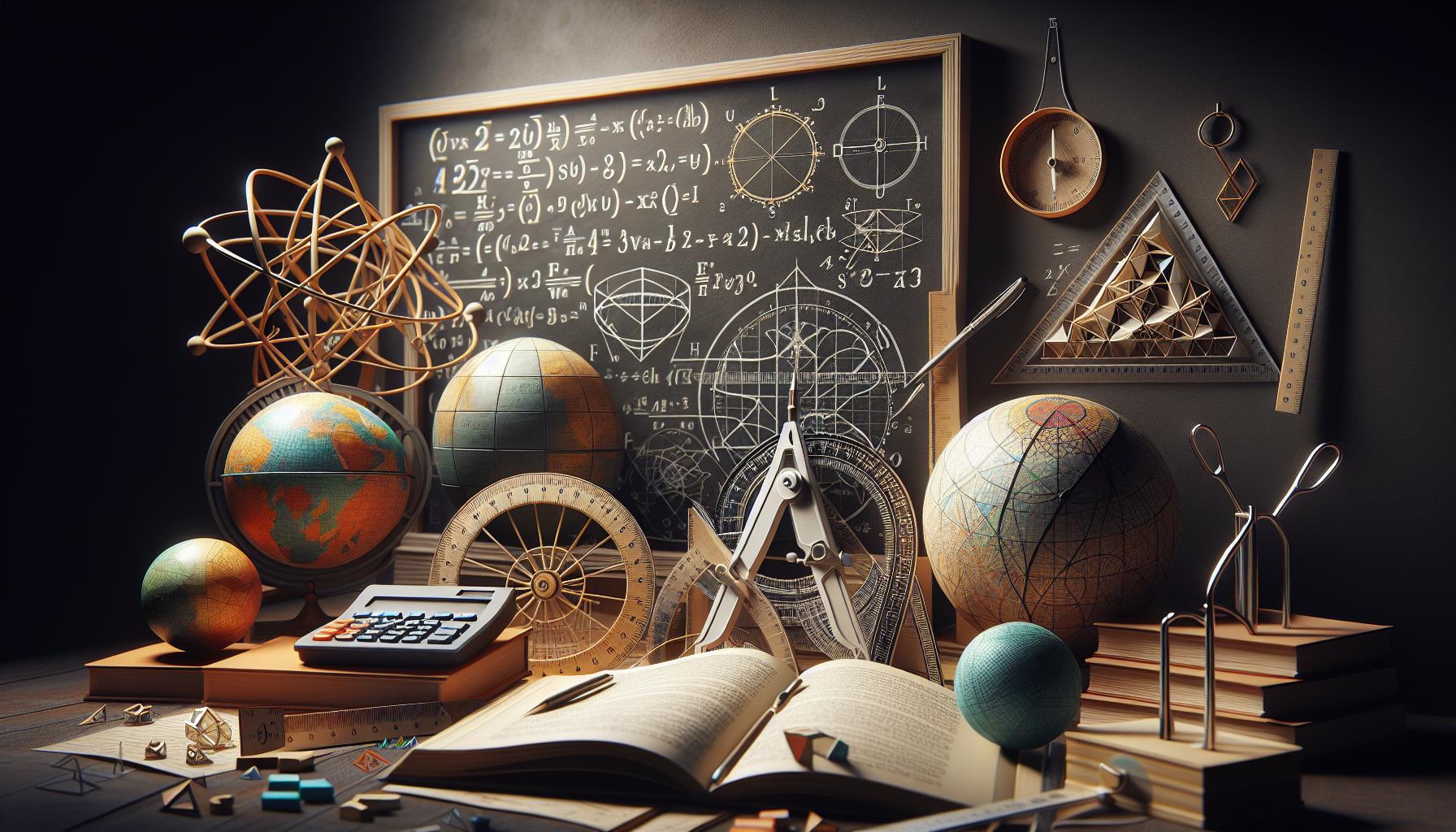Artificial Intelligence in Mathematics
In recent years, the field of artificial intelligence (AI) has made significant strides, particularly in its application to complex mathematical problems. Once considered a domain reserved for human mathematicians, complex equations and unsolved theorems are now being approached by AI with promising results. This shift is indicative of the rapid advancement of AI technologies and their potential to revolutionize how we approach problem-solving in mathematics.
The integration of AI into mathematical problem-solving is not entirely new; however, the sophistication of current AI systems is unprecedented. With the advent of machine learning algorithms, AI can learn from vast datasets, identify patterns, and even adapt its approach to problem-solving, much like a human would. This capacity for learning and adaptation is crucial for tackling the nuanced and often unpredictable nature of complex mathematical problems.
AI and its Capabilities in Complex Calculations
Artificial intelligence’s primary advantage in solving mathematical problems lies in its computational power and speed. AI systems can process and analyze vast amounts of data at rates unattainable by human mathematicians. This allows AI to perform calculations and model simulations incredibly quickly, testing hypotheses and reaching conclusions in a fraction of the time it would take a human.
Furthermore, AI’s ability to perform deep learning tasks means it can recognize complex patterns in data that might elude human observers. This capability has proven particularly useful in areas such as number theory and geometry, where intricate patterns play a crucial role in problem-solving.
Case Studies: AI’s Triumphs in Mathematics
One notable example of AI’s capability in mathematics was its success in solving conjectures related to knot theory, a branch of topology that studies mathematical knots. AI was able to analyze numerous possibilities and conditions much faster than human computation, leading to new insights and solutions to previously unresolved problems.
Another significant achievement of AI in mathematics was its role in addressing the three-body problem in physics, which deals with predicting the motion of three celestial bodies based on their gravitational interactions. By leveraging algorithms, AI was able to simulate scenarios and derive patterns that helped understand possible solutions to this historically complex problem.
Challenges and Limitations of AI in Mathematics
Despite its successes, AI’s application in solving mathematical problems is not without challenges. For instance, while AI can process and compute at remarkable speeds, it still requires precise instructions and parameters set by humans. This means that the quality of AI’s problem-solving capabilities is heavily dependent on the framework provided by its human operators.
Moreover, there are concerns regarding the transparency and interpretability of AI solutions. Since AI often functions as a “black box,” with the reasoning behind its conclusions being opaque, mathematicians face difficulties in validating and understanding the processes AI used to reach its results, which is a critical aspect of mathematical problem-solving.
The Future of AI and Mathematical Innovations
Looking ahead, the potential for AI to contribute to mathematical breakthroughs is immense. With continuous advancements in AI technologies, particularly in areas like neural networks and quantum computing, the horizon for what AI can achieve in mathematics is expanding. Researchers are optimistic that AI will continue to uncover solutions to problems that have baffled mathematicians for centuries.
As AI technology becomes more sophisticated, it’s also expected to become more collaborative, working alongside human mathematicians rather than independently. This synergy could lead to a new era of mathematical discovery, where AI’s computational prowess is combined with the innovative thinking and intuitive grasp that human mathematicians bring to the table.
In conclusion, while there are challenges to be addressed, the evidence suggests that AI has the potential to solve difficult mathematical problems, contributing to advancements in the field. As technology progresses, it’s clear that the collaborative efforts of both AI and human mathematicians will be instrumental in pushing the boundaries of what we consider solvable and expanding our understanding of the mathematical universe.
The journey of AI in mathematics is just beginning, but its trajectory points towards a future rich with discovery and innovation. Continuing to harness AI’s capabilities while navigating its limitations will be key to unlocking new mathematical frontiers and solving some of the most perplexing problems of our time.
